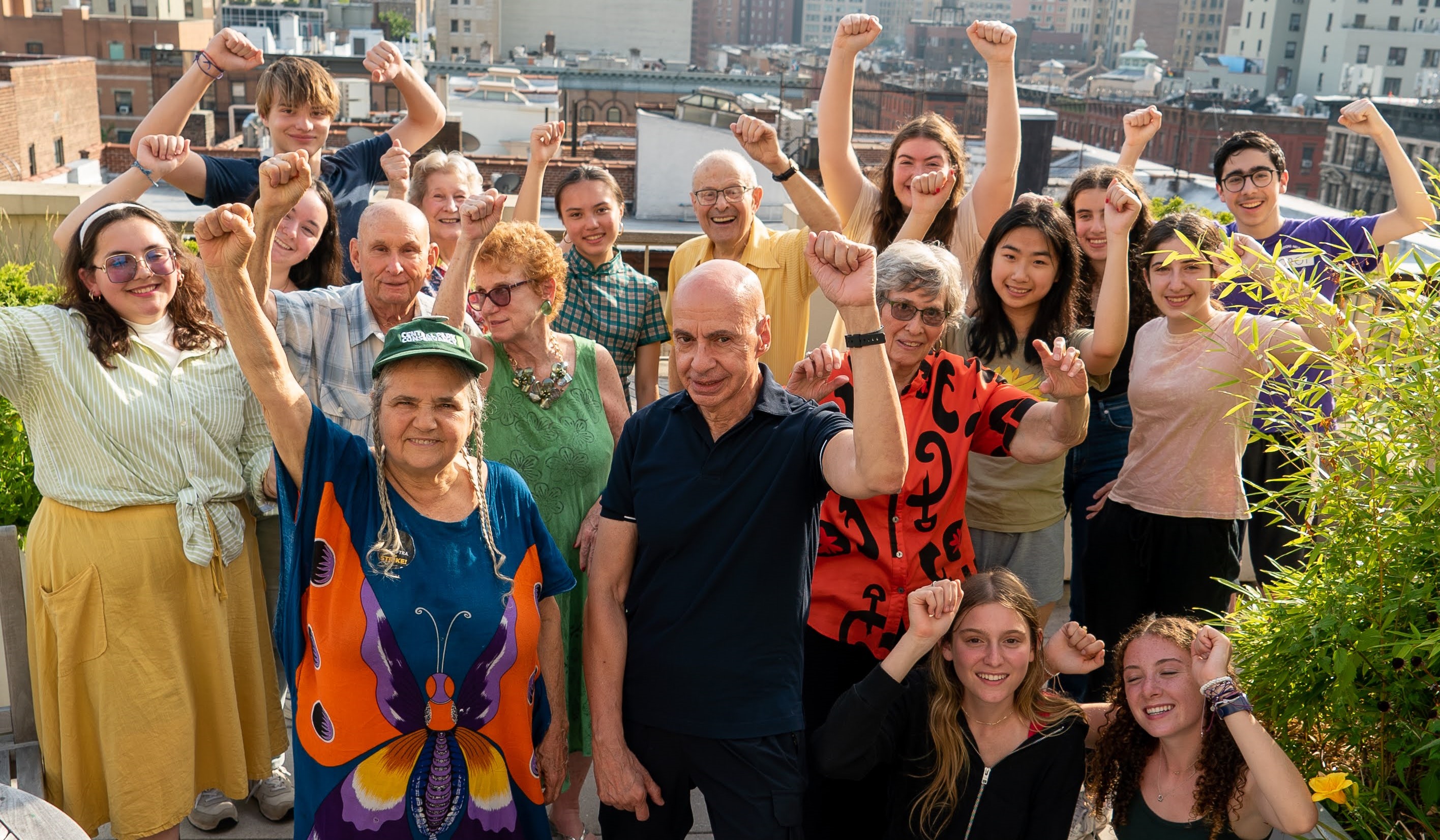“Loneliness is far more than just a bad feeling—it harms both individual and societal health.” With that assertion, and a report declaring that the country faces an “epidemic of loneliness and isolation,” U.S. Surgeon General Dr. Vivek Murthy drew unprecedented media attention that put DOROT’s mission at the center of the national conversation.
“The fact that the nation’s most prominent health official put social isolation at the top of his agenda elevated the issue as a legitimate and serious problem,” said Mark L. Meridy, DOROT’s Executive Director.
The report’s recommendations and the research cited also demonstrate the strength of DOROT’s approach to addressing the issue. It’s grounded in enhancing older adults’ “social capital” by offering meaningful opportunities to connect with peers, to share their wisdom and lived experiences as volunteers, and to forge intergenerational bonds.
“Social connection is built into everything we do, whether it’s a book discussion, an art class, or a volunteer helping an older adult use technology,” says Ali Hodin Baier, Chief Program Officer at DOROT. “And as the Surgeon General points out, our volunteers of all ages experience a positive social impact, too.”
In his framework for action, the Surgeon General calls on community organizations to create “opportunities and spaces for inclusive social connection” and programs “that foster positive and safe relationships, including among individuals of different ages, backgrounds, viewpoints, and life experiences.”
DOROT’s one-on-one and group programs reflect each of these goals. There are Legacy Projects, for instance, in which volunteers work with older adults to capture their wisdom and life stories. Programs like Friendly Visiting and Caring Calls build ongoing relationships between volunteers and older adults through weekly in-person or telephone visits. A host of group activities offer older adults the chance to gather over shared interests—art, literature, current events, wellness, and more. And then there is DOROT’s innovative model for connecting teens with older adults, who develop meaningful relationships that dispel stereotypes on each side of the generational divide.
Meridy and Hodin Baier like to talk about DOROT’s work as building the “social infrastructure,” a term used by Linda P. Fried, PhD, Dean of Columbia’s Mailman School of Public Health, to describe the societal ingredients that enhance older adults’ social connection. Our society, she writes, has the tools to design communities where “loneliness is not the default in older age.” As it looks to its next 50 years, DOROT is poised to do just that.




